Metal Education
A GUIDE TO JEWELRY Metals
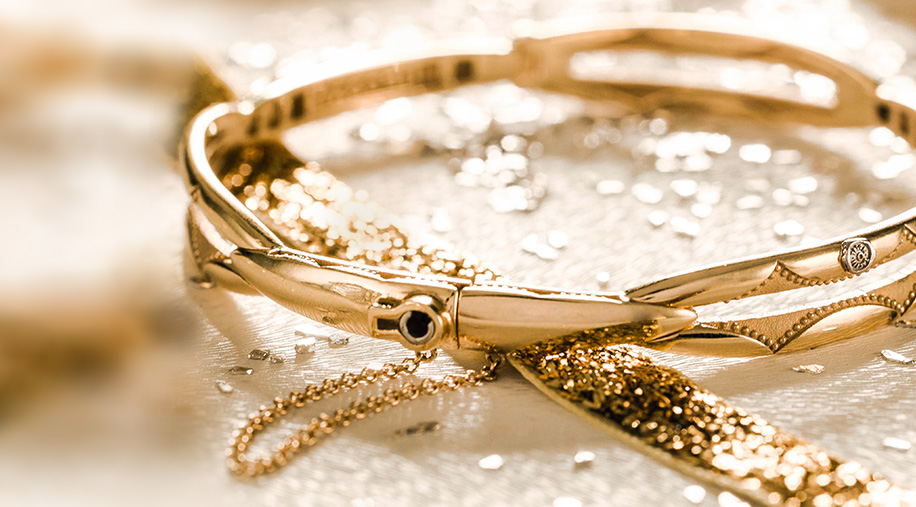
GOLD
An enduring element found naturally in a distinct yellow color. Gold has an extraordinary heritage with unique qualities. Gold is resistant to rust, tarnish, and corrosion. Although gold is very strong, it’s also the most malleable of all precious metals. Pure gold is too soft for everyday wear, so it is alloyed with a mixture of metals like silver, copper, nickel, and zinc to give it strength and durability.
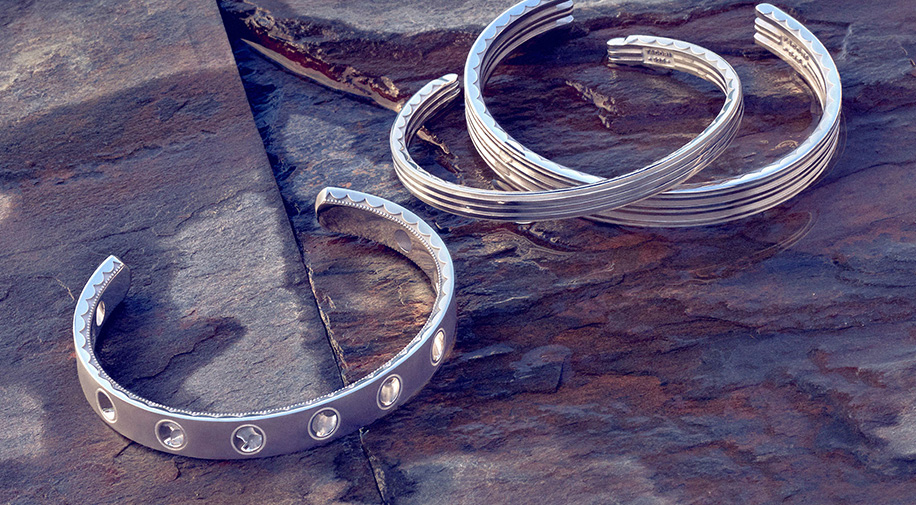
SILVER
Relatively soft, very malleable. Pure silver, also called fine silver, is commonly combined with other metals to produce a more durable product. The most popular of these alloys is sterling silver, which consists of 92.5 percent silver and 7.5 percent copper. Although any metal can make up the 7.5 percent non-silver portion of sterling, centuries of experimentation have shown copper to be its best companion, improving the metal’s hardness and durability without affecting its beautiful color.
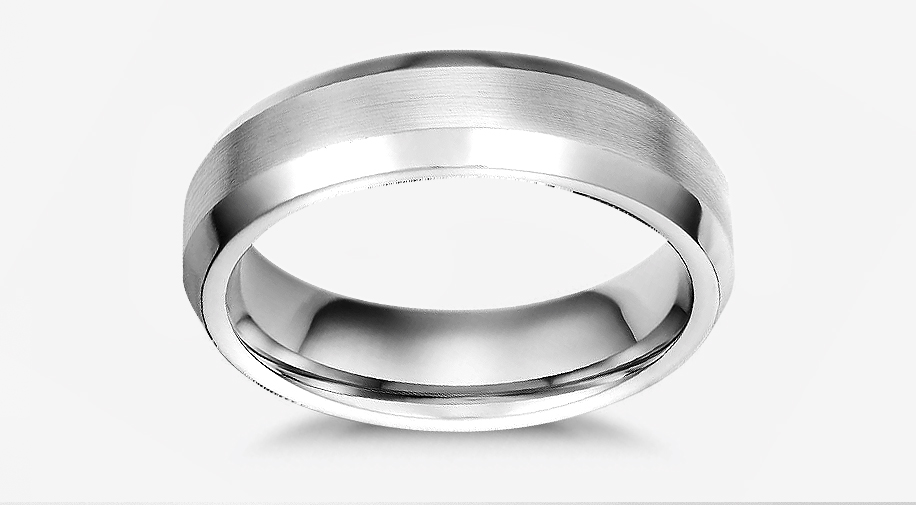
COBALT
A bright white metal that is highly scratch resistant. Made from a highly durable alloy, cobalt is four times harder than platinum while at the same time, less dense. Because of its natural hardness, cobalt jewelry is extremely scratch, chip and corrosion-resistant. Its lower density and natural malleability allow for strong, dynamic designs with less weight. Cobalt is also hypoallergenic, making it an ideal choice for those with sensitive skin or an active lifestyle.
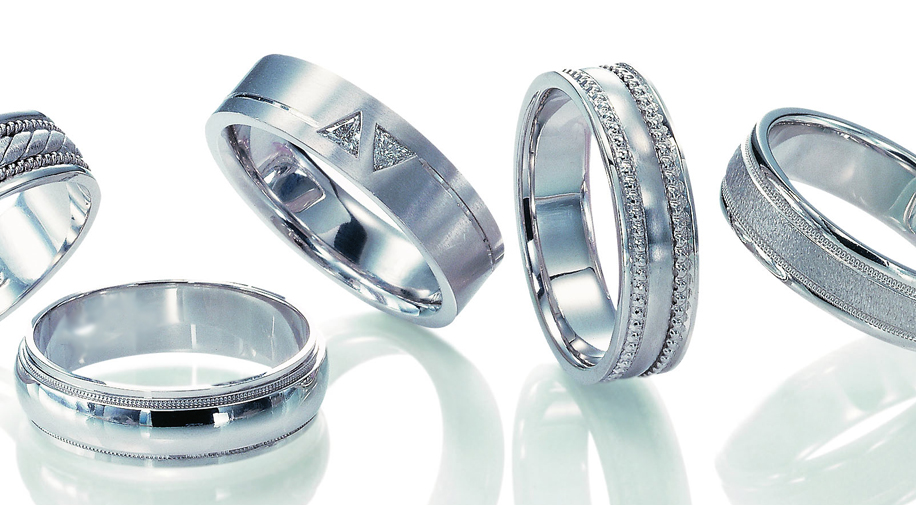
PLATINUM
This metal will last forever, making it the ultimate symbol for true, enduring, and everlasting love. Platinum is durable. Its density makes it the most secure setting for your diamond or precious gemstone. All our platinum rings are crafted with platinum prongs for setting loose diamonds. Because platinum is a naturally white metal, re-plating is unnecessary; it will always hold its beauty.
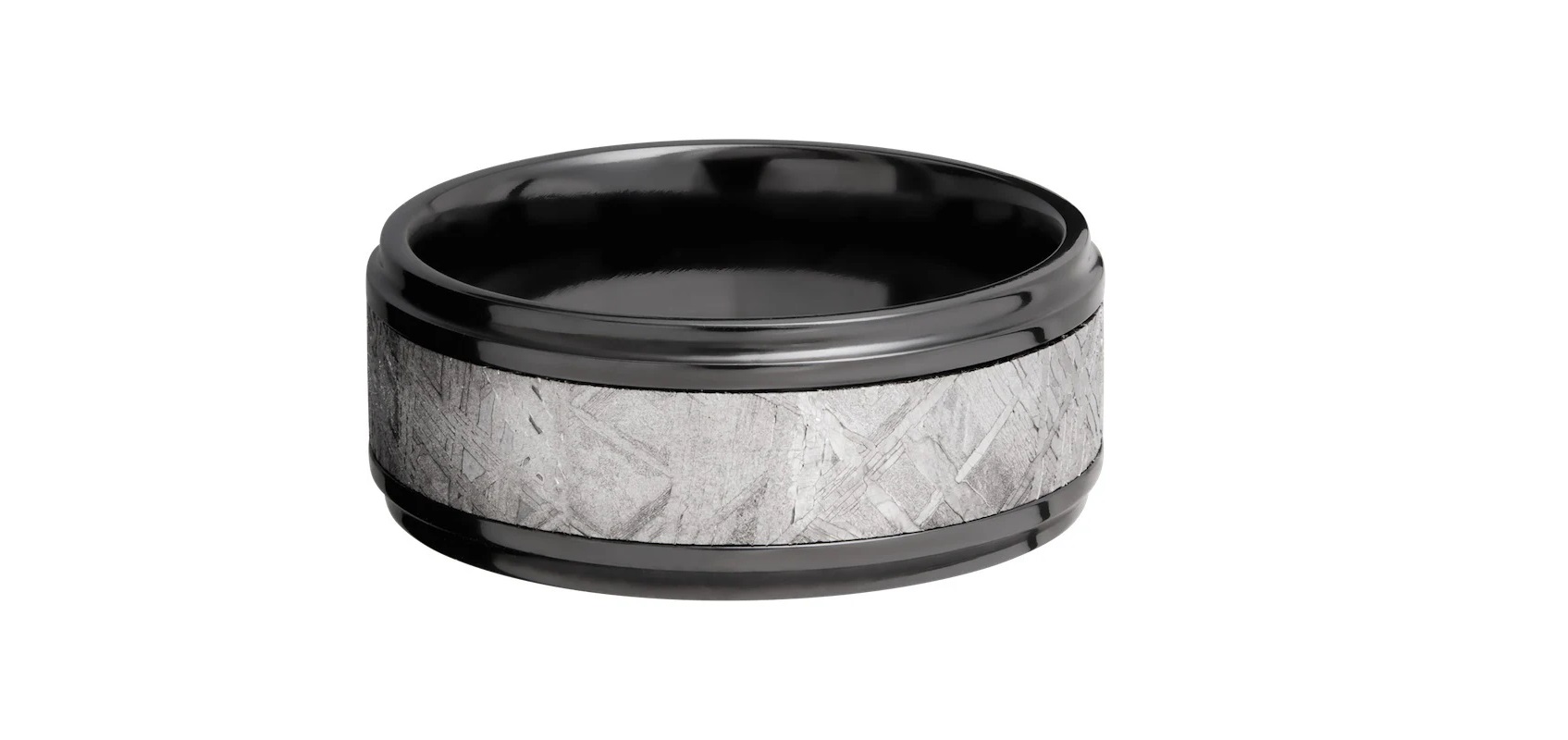
ZIRCONIUM
Zirconium is a lustrous, silvery-gray transition metal known for its exceptional resistance to corrosion and high melting point. Represented by the symbol Zr and atomic number 40, it is strong, ductile, and often used in nuclear reactors due to its low neutron absorption. Zirconium is primarily extracted from the mineral zircon and finds applications in aerospace, medical implants, and high-performance ceramics.
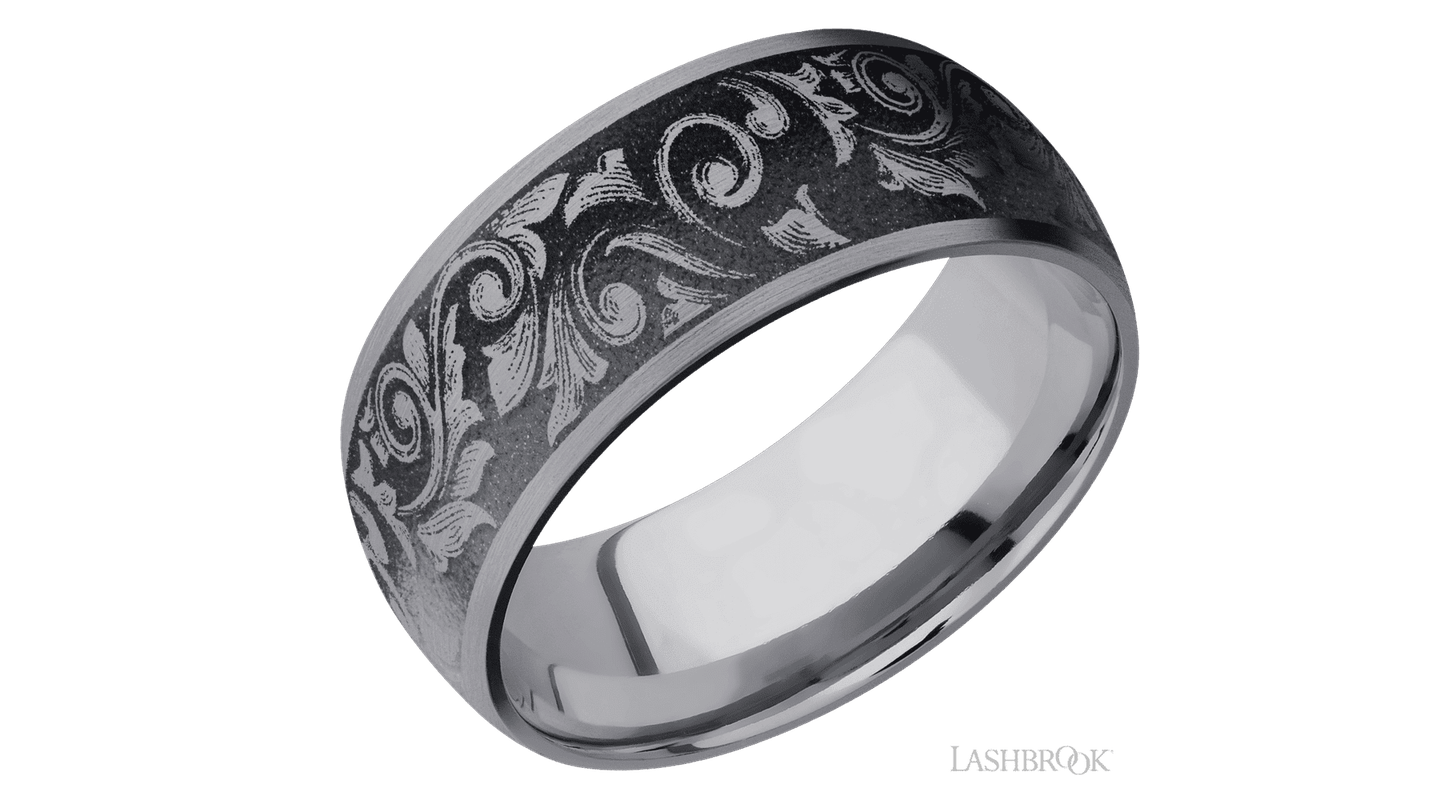
TANTALUM
Tantalum is a dense, blue-gray transition metal known for its exceptional resistance to corrosion and extremely high melting point (3017 °C). Represented by the symbol Ta and atomic number 73, it’s highly ductile, conductive, and biocompatible—making it ideal for use in electronics, aerospace, and medical implants. Tantalum is primarily extracted from the mineral tantalite and is often found alongside niobium in nature.
